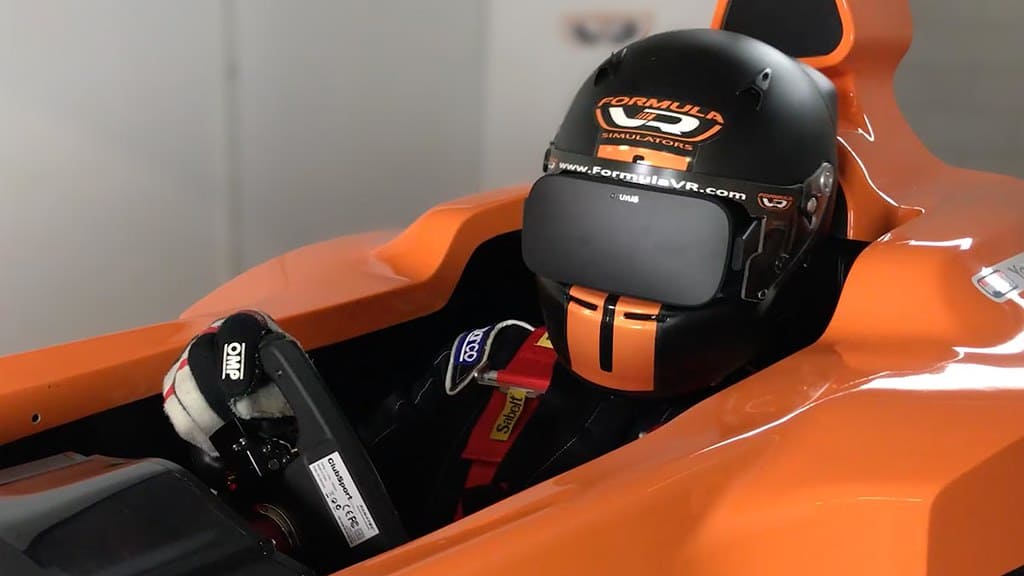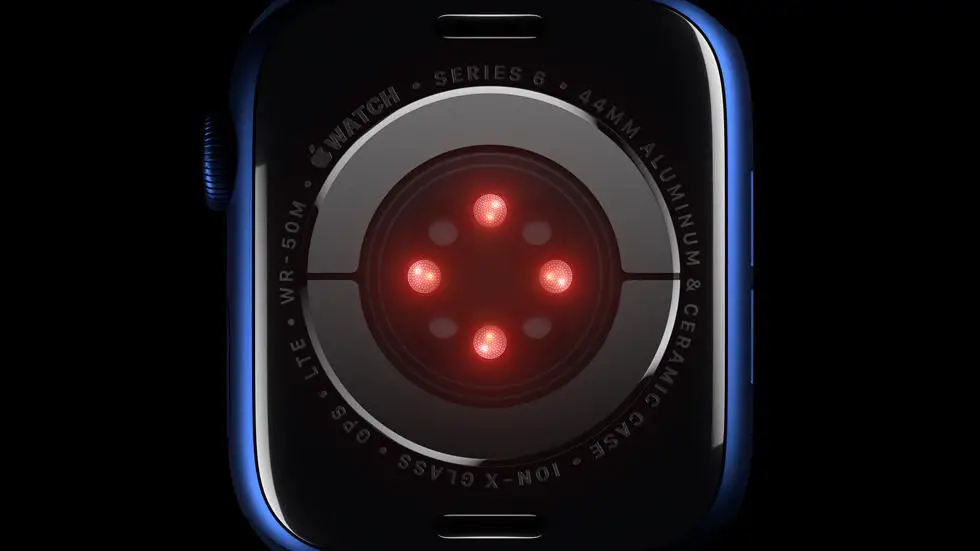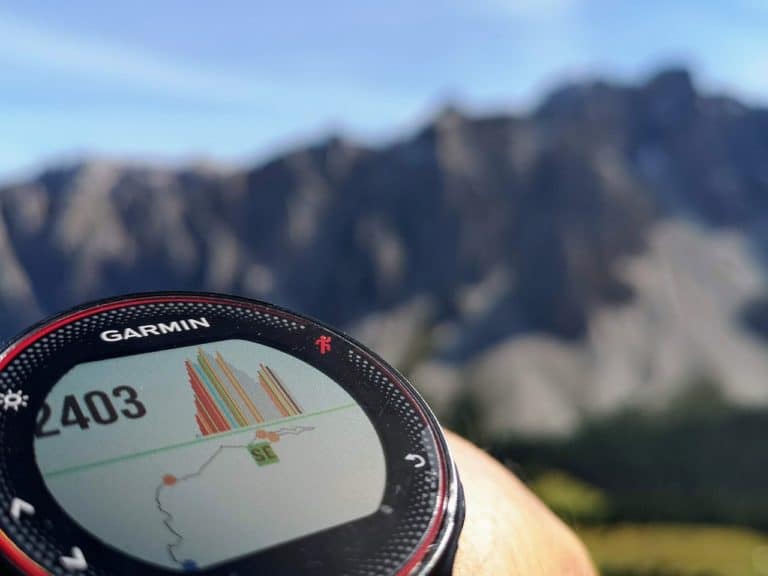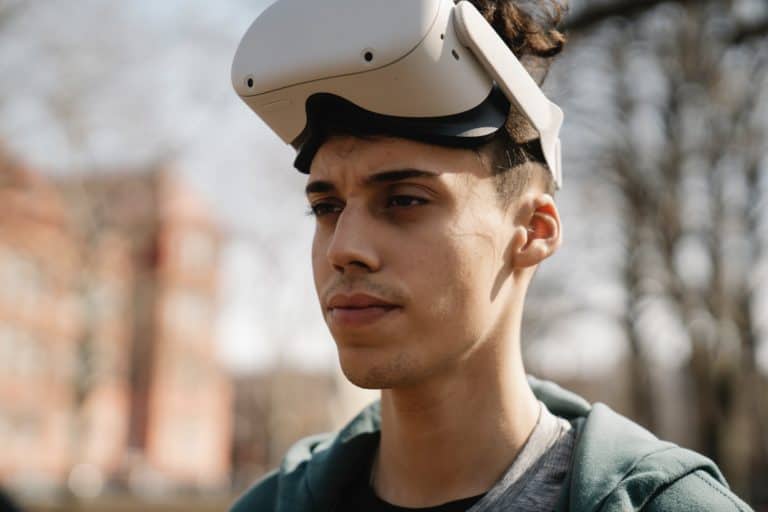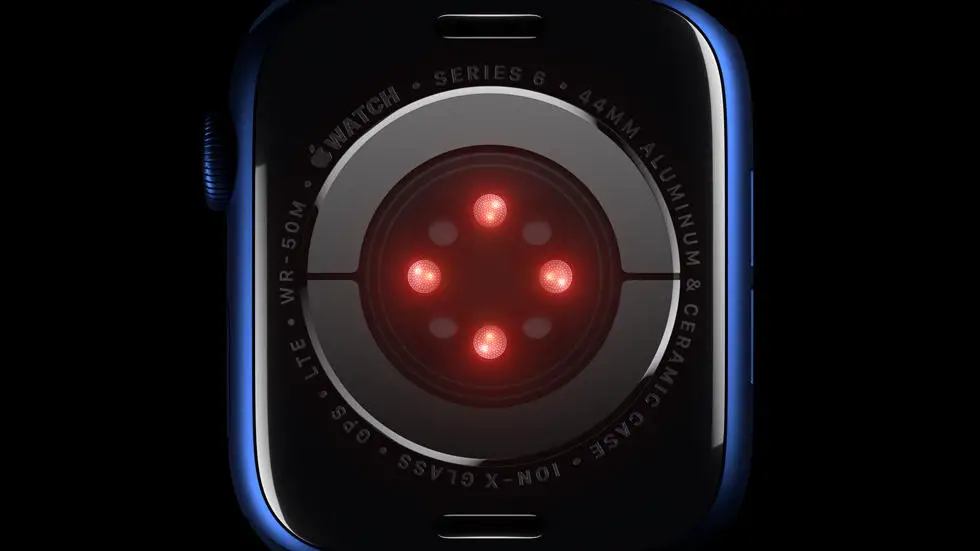Formula 1 has long been one of the most technologically advanced competitions in the world, and it should not be a surprise that VR in Formula 1 has many applications.
Regarding technology, Formula 1 is always the first to adapt and even pioneer new developments, which is why Virtual Reality has significantly impacted the sport.
Formula 1 teams can provide their drivers with a realistic training experience without the expense of placing a car on the circuit. But these are only a few examples. This post will look at how Virtual Reality is used in Formula 1.
Uses of VR in Formula 1
VR in Formula 1 is used for broadcasting to viewers from the comfort of their homes, gaming, and training drivers off the track.
Broadcasting
Broadcast technology has advanced significantly in recent decades and is even more important in the aftermath of the coronavirus pandemic. That transition is happening much faster in the enthralling world of Formula 1.
The crowds are the most obvious as the races resume with certain restrictions, and it’s not quite the same without the clamor and roar of delight from F1 fans on the circuit.
As an emerging technology in sports, Virtual Reality can let fans stay engaged regardless of their location. According to Forbes, it is set to improve the Formula 1 experience even more by allowing 360° viewing.
360° cameras provide viewers with a unique perspective on the race. The 360° camera, which is mounted on the car, will be able to record all perspectives at the same time.
This allows you to have a leisurely look around the track, the surroundings, the audience, or even the car itself, while the driver concentrates on the race from the comfort of your home.
There’s also a new F1 VR app and 360-degree channel, both of which will be available on all Dream App-compatible devices. These will cover every facet of a Formula 1 race, from the starting blocks through the victorious driver’s podium celebration.
Gaming
Virtual Reality has only added to the thrill of gaming for Formula 1 fans. For example, there’s a game called F1 22 that can be played with an HMD on a PC.
In F1 22, you’ll be able to race brand-new Formula 1 cars from the 2022 season, and you’ll be able to play as one of 20 drivers from ten different teams.
“The ultimate immersive F1 experience with virtual reality compatibility on PC that allows you feel the drama of the race from right inside the cockpit,” the makers claim.
Training
Virtual Reality has changed the way a lot of things are being done, including the way F1 drivers will be trained off-track.
VR allows drivers and teams to practice and prepare for races in a simulated environment that closely replicates the real-world conditions they will encounter on the track.
There are several ways in which VR is used for training in Formula 1:
- Race simulation: VR headsets can be used to simulate the experience of driving on different tracks and in different weather conditions, allowing drivers to get a feel for the track layout and get accustomed to each circuit’s unique challenges.
- Practice sessions: VR can be used to replicate the experience of practicing on the track, allowing drivers to understand the car’s handling and performance and practice their race strategy.
- Team communication: VR can simulate team communication and pit stop scenarios, allowing drivers and team members to practice working together and coordinating their efforts in a simulated environment.
- Safety training: VR can also be used to simulate emergency situations and teach drivers how to respond, improving their safety on the track.
Overall, VR in Formula 1 provides a valuable tool for training, allowing drivers and teams to prepare for races in a controlled and realistic environment.
How Drivers Can Use VR in Formula 1
Drivers have an advantage while envisioning the track, thanks to Formula 1’s embrace of virtual reality technology. In Formula 1, Virtual Reality can take the form of a hydraulic racing simulator or VR headsets.
Hydraulic Racing Simulator: A stripped-down race car chassis mounted on a computer-controlled hydraulic apparatus is the typical virtual training arrangement for drivers. The equipment is in front of a wall of high-definition televisions.
The vehicle’s movements and physics on the screens are modeled after those of a real Formula 1 car, much like in a hyper-realistic arcade game.
The racing crew may test complex vehicle configurations and then use the data to fine-tune the race cars.
VR Headsets: Things are changing now, with Virtual Reality headsets taking the place of the wall of screens. The virtual reality headsets bring drivers considerably closer to being in the driver’s seat. As a result, drivers have shown a strong interest in this new style of instruction.
Because teams are not permitted to test their vehicles during the season, the technology allows drivers to better prepare for the actual races. It has also worked with several professional drivers, including Nico Rosberg, now retired, to incorporate VR into their training.
Virtual Reality is a powerful tool that can save time and money while allowing Formula 1 drivers to avoid the FIA’s restrictions.
The future of Formula 1 with VR
Racing has always been a combination of technical data and human skill, and more drivers will rely on technology to better their race timings in the future years.
According to Crash, future advancements include using Augmented Reality (AR) technology to assist drivers on the track, which can display important telematics data on specially constructed visors in their helmets.
According to Rob Bloom, the group digital director at McLaren Racing, Virtual Reality and augmented reality technology have the ability to “bridge the gap” between Formula 1 teams and their fans, as well as generate new fans of the sport ahead of future seasons.
Bottom Line
F1 drivers are the most enthusiastic users of Virtual Reality, but the benefits are not restricted to them. With Virtual Reality, viewers and players can also enjoy Formula 1 like they’re actually on the track.

